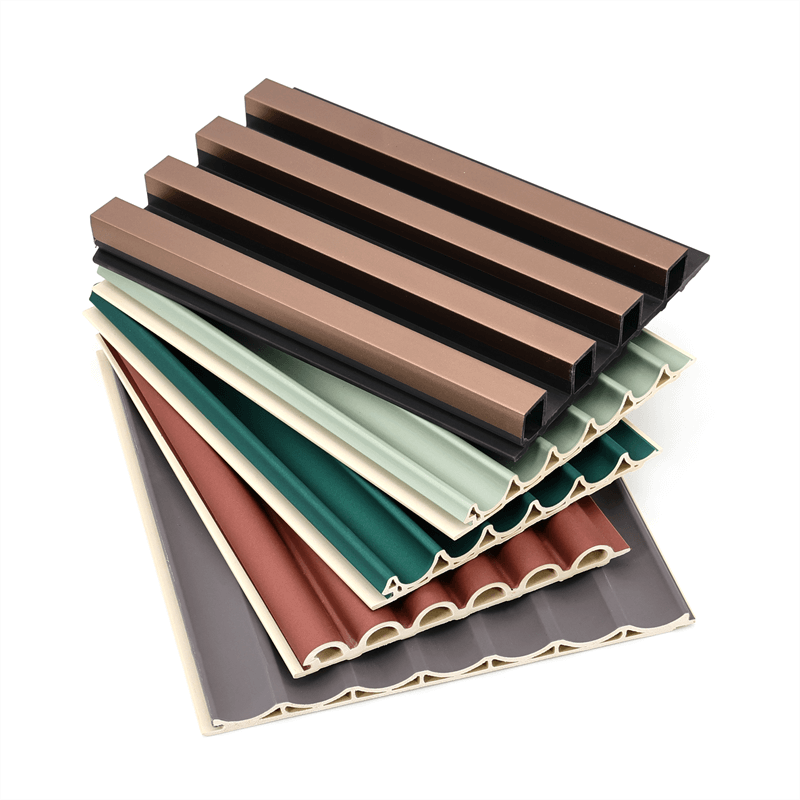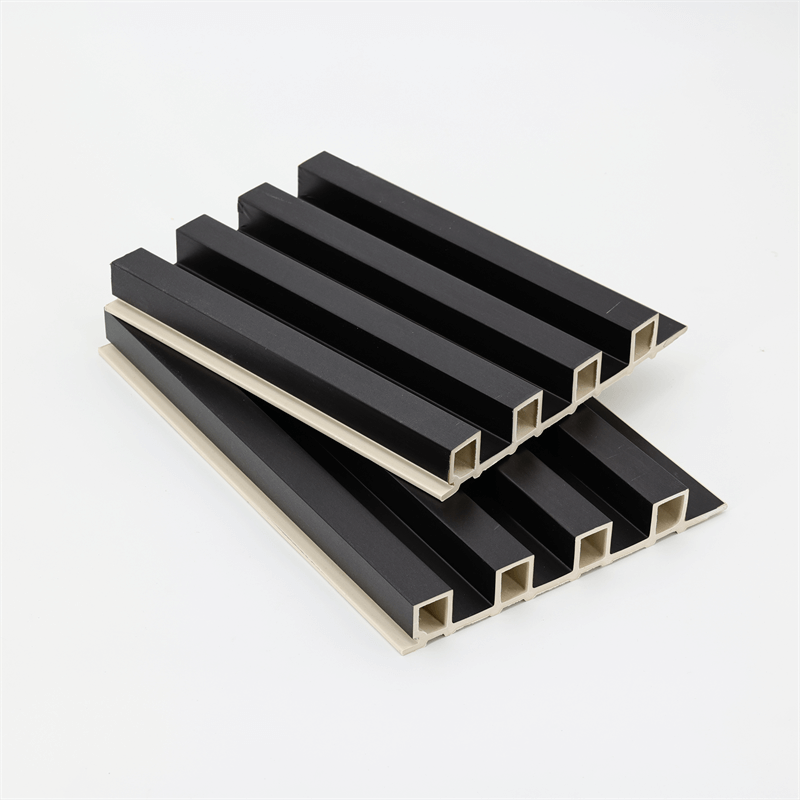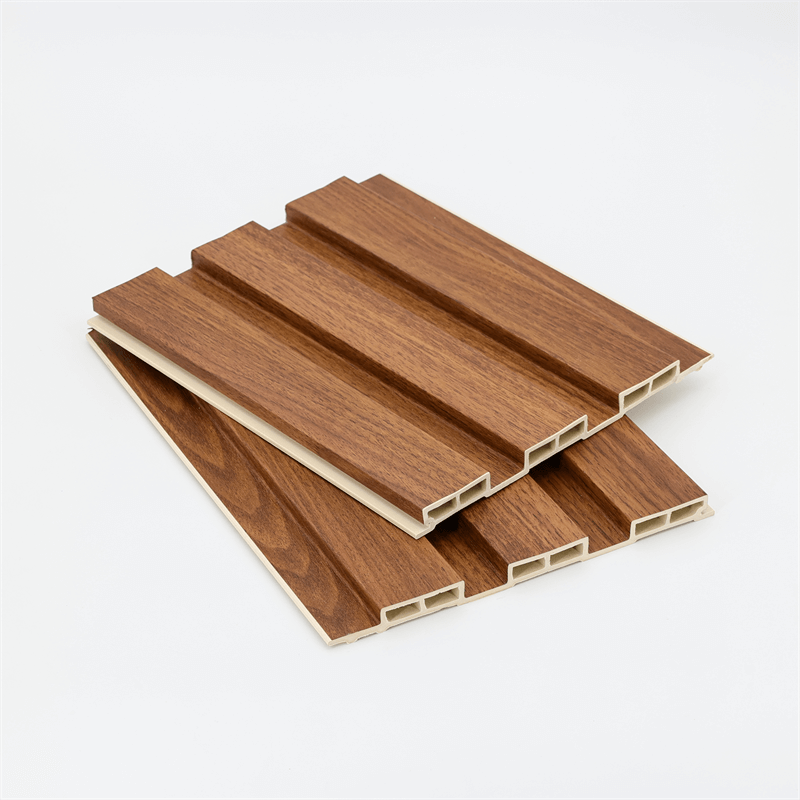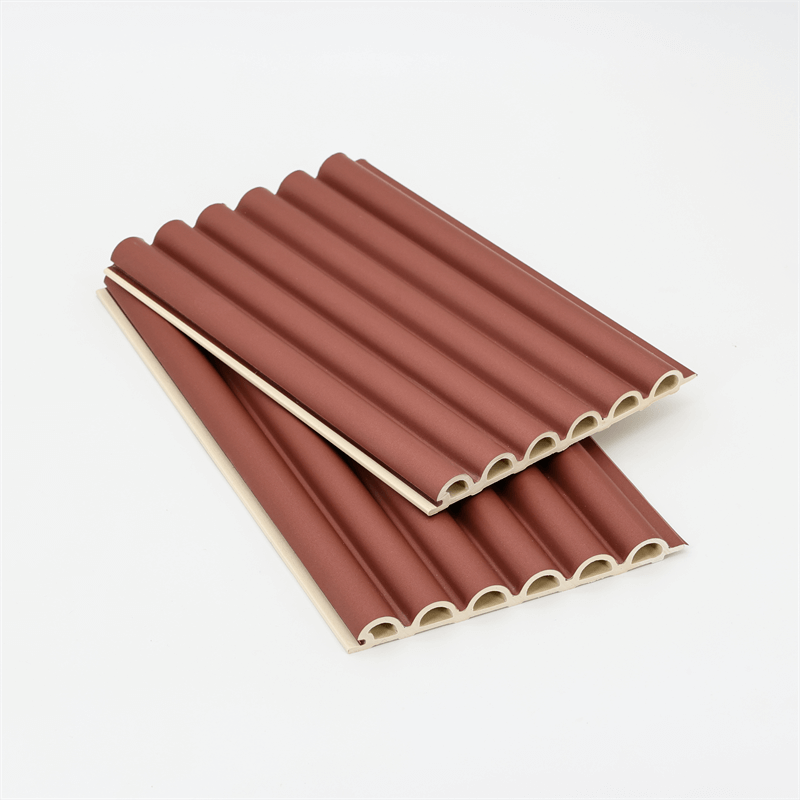In the world of interior design, innovation is key to creating unique and captivating spaces.
When it comes to wall coverings, traditional options like paint, wallpaper, and tiles have long dominated the market.
However, a new player has emerged in recent years – WPC (Wood Plastic Composite) wall panels.
These innovative panels offer a host of advantages, from their durability and versatility to their eco-friendly nature.
In this essay, we will explore why WPC wall panels are a game-changer in interior design.
With their ability to go beyond traditional wall coverings, they open up a world of possibilities for creating stylish and sustainable spaces.
Let’s delve into the benefits and applications of WPC wall panels.
I. The Advantages of WPC Wall Panels
Durability: WPC wall panels are known for their exceptional durability.
Composed of a blend of wood fibers and thermoplastic materials, they are highly resistant to wear and tear.
This durability ensures that the panels can withstand the test of time, making them a long-lasting investment for any interior space.
Versatility: WPC wall panels offer remarkable versatility in terms of design and application.
They are available in various colors, textures, and patterns, allowing for endless creative possibilities.
Whether you prefer a rustic wooden look or a sleek modern finish, WPC wall panels can cater to a wide range of design preferences.
Easy Installation: Installing WPC wall panels is a breeze compared to traditional wall coverings.
The panels are designed for simple and straightforward installation, saving time and effort.
They can be easily mounted on walls using adhesive or clips, providing a hassle-free solution for both professionals and DIY enthusiasts.
Low Maintenance: WPC wall panels are low-maintenance, making them a practical choice for busy homeowners or commercial spaces.
Unlike traditional wall coverings that may require regular cleaning, repainting, or grout maintenance, WPC panels only require occasional cleaning with a mild detergent solution.
This saves both time and money in the long run.
II. Applications of WPC Wall Panels
Residential Spaces: WPC wall panels can be used in various residential settings to enhance the aesthetics of different rooms.
From living rooms and bedrooms to kitchens and bathrooms, these panels can create a stylish and contemporary look.
They can be installed as accent walls, full wall coverings, or even as decorative elements such as paneling behind a bed or in a fireplace surround.
Commercial Spaces: WPC wall panels are also a great choice for commercial environments.
They can be used in retail stores, restaurants, offices, and other commercial settings to create a captivating ambiance.
The versatility of WPC panels allows for customized designs that align with branding and desired atmospheres, helping businesses stand out.
Outdoor Areas: WPC wall panels are not limited to indoor use. They can also be applied in outdoor areas such as patios, garden walls, or facades.
Their durability and resistance to weather elements make them an ideal choice for creating a stylish and long-lasting outdoor space.
Sustainable Building Practices: WPC wall panels are environmentally friendly, making them a preferred choice for those who prioritize sustainability.
These panels are often made from recycled materials, reducing the demand for new timber resources.
Additionally, their long lifespan contributes to less waste over time compared to traditional wall coverings that may need frequent replacement.
III. Design Trends and Aesthetics
WPC wall panels have quickly become a popular choice for interior designers and homeowners seeking innovative and contemporary aesthetics.
Some of the emerging design trends and aesthetics associated with WPC wall panels include:
Natural Wood Look: WPC wall panels can replicate the appearance of natural wood, providing the warmth and charm of wooden surfaces without the associated maintenance and susceptibility to damage.
This trend is particularly popular in creating a cozy and organic atmosphere in residential spaces.Minimalist Finishes: WPC panels with smooth finishes and clean lines are widely embraced in minimalist design.
The sleek and streamlined appearance of these panels complements a minimalist aesthetic, creating a sense of simplicity and sophistication in any space.
Textured Surfaces: Textured WPC wall panels, such as those featuring 3D patterns or embossed designs, are gaining popularity for their ability to add depth and visual interest to a room.
These panels can serve as focal points or accent walls, providing a unique and captivating element in interior design.
Customization and Personalization: WPC panels can be customized to meet specific design requirements.
From custom colors and finishes to personalized patterns and textures, these panels offer the opportunity to create truly unique and tailored spaces that reflect individual style and preferences.
IV. Conclusion: Embracing Innovation in Interior Design
As we have explored, WPC wall panels are a groundbreaking option that allows us to go beyond traditional wall coverings.
With their durability, versatility, and eco-friendly characteristics, they offer an array of advantages for both residential and commercial spaces.
From creating contemporary and stylish aesthetics to embracing sustainable building practices, WPC wall panels have the potential to transform any interior environment.
By embracing innovation and incorporating WPC panels into interior design projects, we can unlock new possibilities and push the boundaries of creativity in creating beautiful and sustainable spaces.




